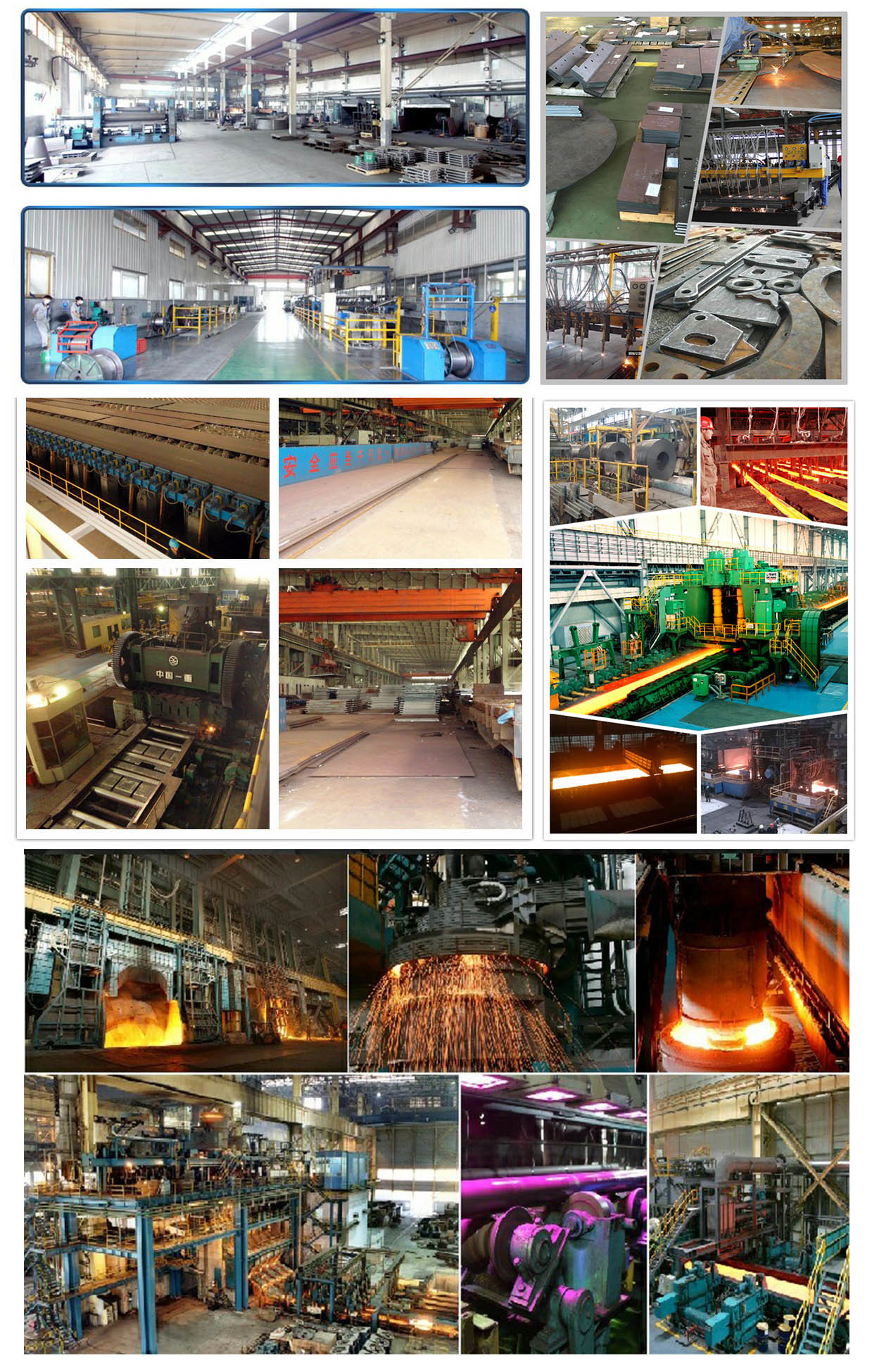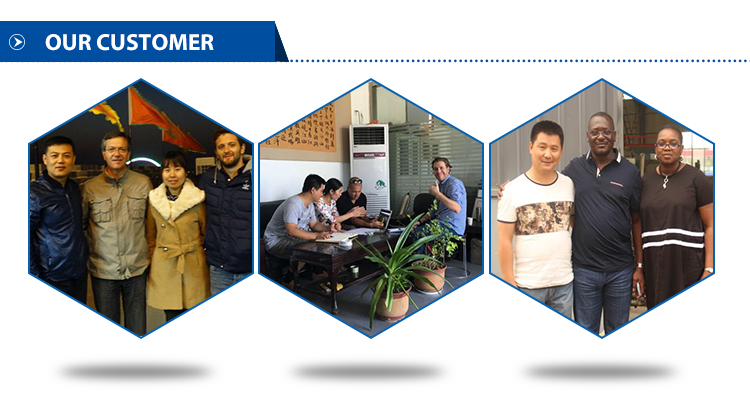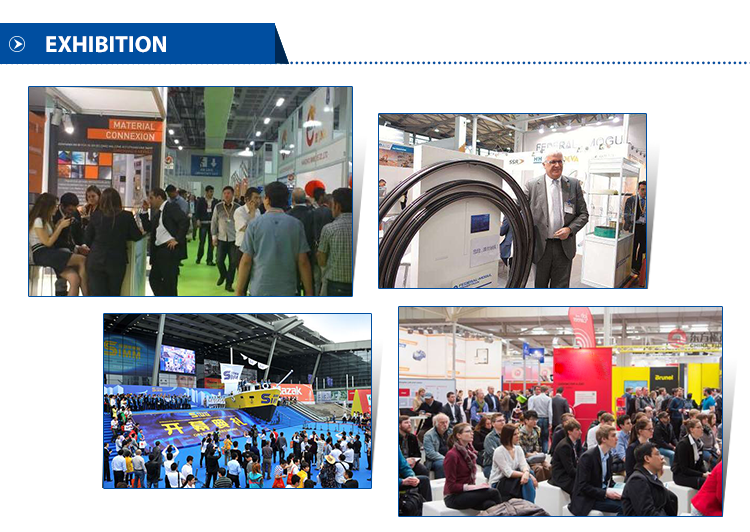Welcome to Shandong Charming Steel Co.,Ltd !
Tel : 0086 18264535555 E-mail : cmgc@sdcmsteel.cn
ONLINE MESSAGE
4140 steel bar
Round steel is divided into hot rolling, forging and cold drawing. The specification of hot-rolled round steel is 5.5-250mm. Among them: 5.5-25 mm small round steel is mostly supplied in bundles of straight bars,
Category :
Details description
Product Description
Classification by process
Round steel is divided into hot rolling, forging and cold drawing. The specification of hot-rolled round steel is 5.5-250mm. Among them: 5.5-25 mm small round steel is mostly supplied in bundles of straight bars, which are commonly used as steel bars, bolts and various mechanical parts; round steel larger than 25 mm is mainly used for manufacturing mechanical parts, seamless steel pipe billets, etc.
Classification by chemical composition
Carbon steel can be divided into low carbon steel, medium carbon steel and high carbon steel according to its chemical composition.
(1) Low carbon steel
Also known as mild steel, carbon content from 0.10% to 0.30% low carbon steel is easy to accept all kinds of processing, such as forging, welding and cutting, commonly used in manufacturing chains, rivets, bolts, shafts, etc.
(2) Medium carbon steel
Carbon steel with 0.25% - 0.60% carbon content. There are many kinds of products such as killed steel, semi killed steel and rimmed steel. In addition to carbon, it can also contain a small amount of manganese (0.70% - 1.20%). According to the product quality, it is divided into ordinary carbon structural steel and high quality carbon structural steel. The hot working and cutting performance is good, but the welding performance is poor. The strength and hardness are higher than that of low carbon steel, but the plasticity and toughness are lower than that of low carbon steel. It can be used directly without heat treatment, hot rolled or cold drawn, or after heat treatment. The quenched and tempered medium carbon steel has good comprehensive mechanical properties. The highest hardness that can be achieved is about HRC55 (hb538) and σ B is 600-1100mpa. Therefore, in the medium strength level of various uses, medium carbon steel has been the most widely used, in addition to as building materials, but also a large number of mechanical parts for manufacturing.
(3) High carbon steel
It is often called tool steel with carbon content from 0.60% to 1.70%, and can be hardened and tempered. Hammers, crowbars, etc. are made of steel with carbon content of 0.75%; cutting tools such as drills, taps and reamers are made of steel with carbon content of 0.90% to 1.00%.
Classification by steel quality
According to the quality of steel can be divided into ordinary carbon steel and high quality carbon steel.
(1) Ordinary carbon structural steel, also known as ordinary carbon steel, has wide limits on carbon content, performance range, phosphorus, sulfur and other residual elements. In China and some countries, according to the guarantee conditions of delivery, they are divided into three categories: class a steel (class a steel) is a kind of steel which guarantees mechanical properties. Class B steel (class B steel) is a kind of steel with chemical composition. Special steel (Class C steel) is a kind of steel which can ensure both mechanical properties and chemical composition. It is often used to manufacture important structural parts. A3 steel with carbon content of about 0.20% is produced and used in China, which is mainly used in engineering structures.
Some carbon structural steels also add trace aluminum or niobium (or other carbide forming elements) to form nitride or carbide particles to restrict grain growth, strengthen steel and save steel. In China and some countries, in order to meet the special requirements of professional steel, the chemical composition and properties of ordinary carbon structural steel are adjusted, thus a series of professional steel for ordinary carbon structure steel (such as steel for bridge, building, steel bar, pressure vessel, etc.) are developed.
(2) The content of sulfur, phosphorus and other non-metallic inclusions in high-quality carbon structural steel is lower than that in ordinary carbon structural steel. According to the carbon content and application, this kind of steel can be roughly divided into three categories
① Carbon less than 0.25% is low carbon steel, especially 08F, 08Al with carbon content less than 0.10%, which are widely used for deep drawing parts such as automobile, can making, etc Etc. 20G is the main material for making ordinary boilers. In addition, low carbon steel is widely used as carburizing steel in machinery manufacturing.
② 0.25-0.60% C is medium carbon steel, which is mostly used in quenching and tempering state to make parts for machinery manufacturing industry.
③ More than 0.6% C is high carbon steel, which is mostly used to make springs, gears, rolls, etc.
According to the difference of manganese content, it can be divided into two groups: ordinary manganese content (0.25-0.8%) and high manganese content (0.7-1.0% and 0.9-1.2%). Manganese can improve hardenability, strengthen ferrite, increase yield strength, tensile strength and wear resistance of steel. Usually, the steel with high manganese content is marked with "Mn", such as 15mn and 20Mn, to distinguish it from carbon steel with normal manganese content.
Classification by use
According to the use, it can be divided into carbon structural steel and carbon tool steel.
The carbon content of carbon tool steel is between 0.65% and 1.35%. After heat treatment, high hardness and high wear resistance can be obtained. It is mainly used for manufacturing various tools, cutting tools, dies and measuring tools (see tool steel).
Carbon structural steels are divided into 5 grades according to the yield strength of steels
Q195、Q215、Q235、Q255、Q275
Each grade is divided into a, B, C and D grades due to different quality, and there are four kinds at most, some have only one; in addition, there are differences in deoxidation methods of steel smelting.
Symbol of deoxidation method:
F -- rimmed steel
B - semi killed steel
Z -- killed steel
TZ special killed steel [1]
Material editing
Materials of round steel: Q195, Q235, 10, 20, 35, 45, Q215, Q345, 12Cr1MoV, 15CrMo, 304, 316, 20Cr, 40Cr, 20CrMo, 35CrMo, 42CrMo, 40CrNiMo, GCr15, 65Mn, 50Mn, 50Cr, 3Cr2W8V, 20CrMnTi, 5CrMnMo, etc. [2]
Standard Editor
Standards: (gb699-1988, gb700-1988, gb3077-1988, gb702-1986, QJ / hg02.17-1991), the following table shows the detailed standards of round steel: [3]
Round steel specification table
| texture of material | Specifications | texture of material | Specifications |
|
8#-10# |
∮16-290 |
65Mn |
∮40-300 |
|
15# |
∮14-150 |
45Mn2 |
∮18-75 |
|
20# |
∮8-480 |
60Si2Mn |
∮16-150 |
|
35# |
∮8-480 |
20CrMnTi |
∮10-480 |
|
45# |
∮6.5-480 |
20crmnTiB |
∮16-75 |
|
Q235B |
∮6.5-180 |
GCr15 |
∮16-400 |
|
40Cr |
∮8-480 |
ML35 |
∮8-150 |
|
20Cr |
∮10-480 |
T8-T13 |
∮8-480 |
|
42CrMo |
∮12-480 |
Cr12 |
∮16-300 |
|
35CrMo |
∮12-480 |
Cr12MoV |
∮16-300 |
|
20CrMo |
∮12-300 |
3Cr2W8V |
∮16-300 |
|
38CrMoAL |
∮20-300 |
45Cr50Cr |
∮20-300 |
|
5CrMnMo |
∮20-450 |
20CrMnMo |
∮20-300 |
|
16Mn(Q345B) |
∮14-365 |
40Mn2 |
∮28-60 |
|
50Mn |
∮40-200 |
35Cr |
∮55 |
|
15CrMo |
∮21∮24∮75 |
15Mn |
∮32∮170 |
|
25# |
∮16-280 |
40CrMnMo |
∮80-∮160 |
|
YF45MnV |
∮28-80 |
20CrMnMo |
∮20-300 |
|
30# |
∮6.5-480 |
27 SiMn |
∮20-350 |
|
30Crmo |
∮28 |
Crwmn |
∮20-300 |
|
30CrmnTi |
∮16-300 |
H13(4Cr5MoSiVi) |
∮20-300 |
|
60# |
∮210.∮260 |
40crNimo |
∮20-400 |
Packing & Delivery

Our Company
Shandong Chengming Steel Co.,Ltd
Our company supplies cold/hot-rolled stainless steel sheets,stainless steel bars ,stainless steel coil stainless steel pipes,lead plate,bearing steel,spring steel,steel plate pile,tank plate,alloy steel plate,weather resistant steel plate and wear resistant plate to many steel factories from at home and abroad, including Shanxi Taigang Iron& Steel CO,.LTD (TISCO) Zhangjiagang Pohang (ZPSS), Shanghai Krupp, Ningbo Baoxin and steel factories in Taiwan area, Mainland Chinese and foreign countries and regions.
Our annual capacity is 25, 000 tons. The Annual Domestic Sale is 20 million, Annual Exported Sale about 12 million dollars.Our products supplied to more than 20 countries, such as Indonesia, Spain, Japan, Korea, Vietnam, Italy, Israel,Australia, Malaysia, Brazil, Pakistan, U. A. E, Peru, India etc. Good quality has been getting more and more prise from buyers at home and abroad.Our long-term business lines are 304 .202, 201 .430.409L, 304L, 316L, 309S and 310S, Finish: 2B ,BA ,NO.1 NO.4 ,HL, NO.8 and so on . For the sheets and coils,the thickness ranging from 0.3mm to 100mm.For the bars,the diameter ranging from 1mm to 300mm.For the pipes ,we have seamless pipe and weld pipe. Meanwhile, our company is also engaged in the long-term supply of homemade & imported medium and thick plates,galvanized or carbon



ONLINE MESSAGE
RELATED PRODUCTS
Steel Sheet pile Description The steel sheet pile is a kind of steel structure with a linkage device on the edge, and this linkage device can be freely combined to form a continuous and compact steel structure with a retaining wall or a water retaining wall. The steel sheet pile is a type of steel with a lock. Its cross-sections are straight, trough and Z-shaped. There are various sizes and interlocking forms. The common ones are Larsonian, Lakwanaian and so on. Its advantages are: high strength, easy to penetrate hard soil; can be constructed in deep water, if necessary, add diagonal support to become a cage. It has good waterproof performance; it can be formed into cofferdams of various shapes as required and can be reused many times. Therefore, it has a wide range of uses. classification Steel sheet pile products are classified into cold-formed thin-walled steel sheet piles and hot-rolled steel sheet piles according to the production process. (1) There are two types of cold-formed steel sheet piles: non-bite type cold-formed steel sheet piles (also called channel plates) and bite type cold-formed steel sheet piles (divided into L-shaped, S-shaped, U-shaped, and Z-shaped) . Production process: Use thinner plates (commonly used thickness 8mm ~ 14mm) to be continuously rolled and formed in the cold bending unit. Advantages: less investment in the production line, lower production cost, flexible control of product size. Disadvantages: the thickness of each part of the pile body is the same, the section size cannot be optimized, which leads to an increase in steel consumption, the shape of the lock part is difficult to control, the joint is not tightly buckled, and the water cannot be stopped, and the pile body is easy to tear during use. (2) Hot-rolled steel sheet piles Hot-rolled steel sheet piles in the world mainly include U-shaped, Z-shaped, AS-shaped, H-shaped and dozens of specifications. The production, processing and installation processes of Z-type and AS-type steel sheet piles are relatively complicated, and are mainly used in Europe and America; U-type steel sheet piles are mainly used in China. Production process: It is formed by high temperature rolling by a section steel rolling mill. Advantages: standard size, superior performance, reasonable cross-section, high quality, and tight water barrier for the lock bite. Disadvantages: technical difficulty is relatively high, production cost is relatively high, specification series are not flexible. In engineering construction, the application range of cold-formed steel sheet piles is relatively narrow, and most of them are used as supplementary materials for applications. Hot-rolled steel sheet piles have always been the leading product for engineering applications. Based on the many advantages of steel sheet piles in construction operations, the General Administration of Quality Supervision, Inspection and Quarantine of the People's Republic of China and the National Standardization Management Committee issued the national standard for "Hot Rolled U-shaped Steel Sheet Pile" on May 14, 2007, and on December 1, 2007 Formally implemented. At the end of the 20th century, Maanshan Iron & Steel Co., Ltd. produced more than 5,000 tons of U-shaped steel sheet piles with a width of 400mm with the introduction of the universal rolling mill production line from abroad. The U-shaped steel sheet piles were successfully used in the cofferdam of Nenjiang Bridge and the 300,000 tons of Jingjiang New Century Shipyard. Ton shipyard and Bangladesh flood control projects. However, due to the low production efficiency, poor economic efficiency, low domestic demand and insufficient technical experience during the trial production period, continuous production was not possible. According to statistics, the annual consumption of steel sheet piles in my country remains at about 30,000 tons, accounting for only 1% of the world’s total, and it is limited to permanent projects such as the construction of some ports, wharves, and shipyards, as well as the construction of bridges, cofferdams, and foundation pit support Temporary works. The cold-formed steel sheet pile is continuously rolled and formed by the cold-formed unit, and the side lock can be continuously overlapped to form a steel structure of the sheet pile wall. The cold-formed steel sheet pile is made of thinner plates (commonly used thickness is 8mm-14mm) and processed by cold-formed forming units. The production cost is lower and the price is cheap, and the fixed-length control is more flexible. However, due to the simple processing method, the thickness of each part of the pile body is the same, the cross-sectional size cannot be optimized, which leads to an increase in steel consumption; the shape of the lock part is difficult to control, the joint is not tightly buckled, and the water cannot be stopped; limited by the capacity of cold bending processing equipment, It can produce low-strength ste
The steel sheet pile is a kind of steel structure with a linkage device on the edge, and this linkage device can be freely combined to form a continuous and compact steel structure with a retaining wall or a water retaining wall.
Stainless steel round steel belongs to the category of long products and bars. The so-called stainless steel round steel refers to a long product with a uniform circular cross section







